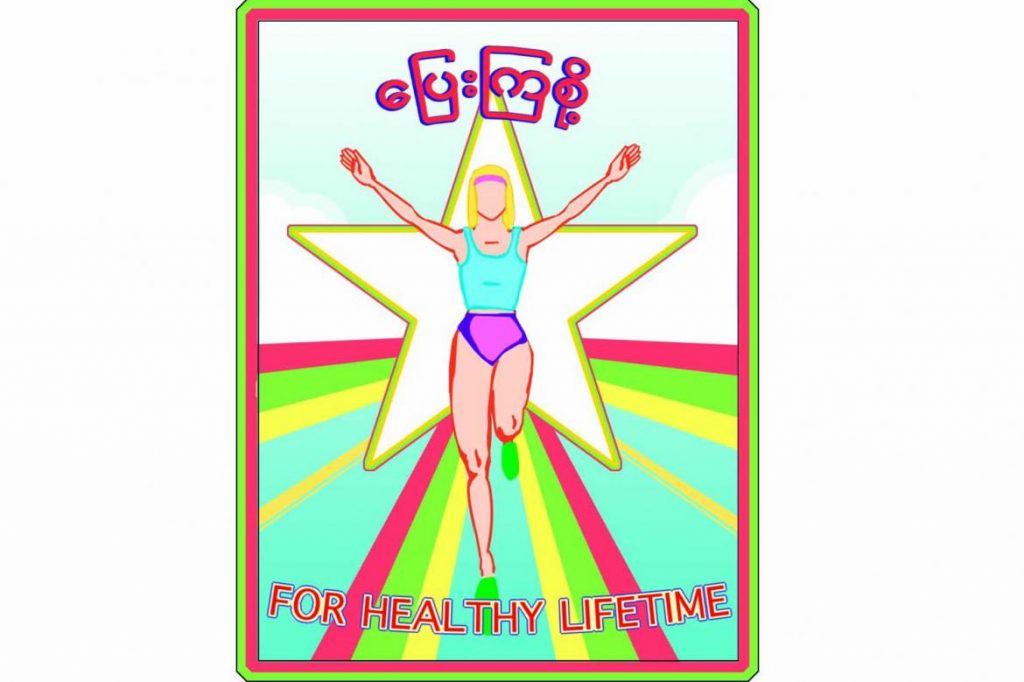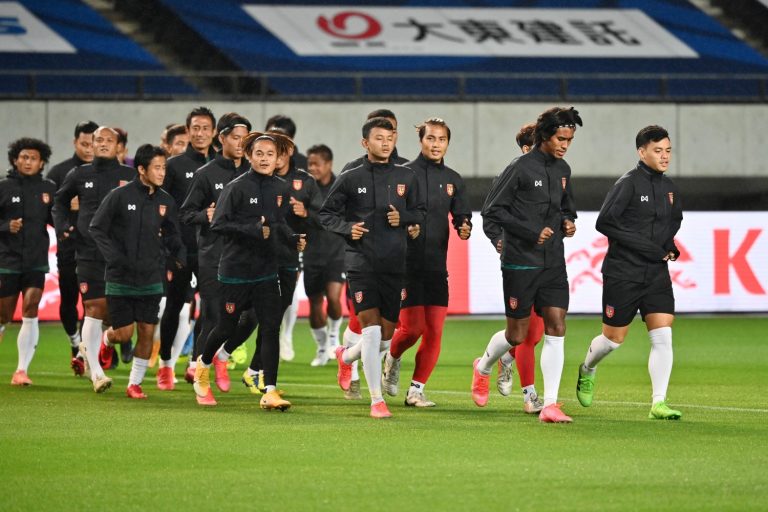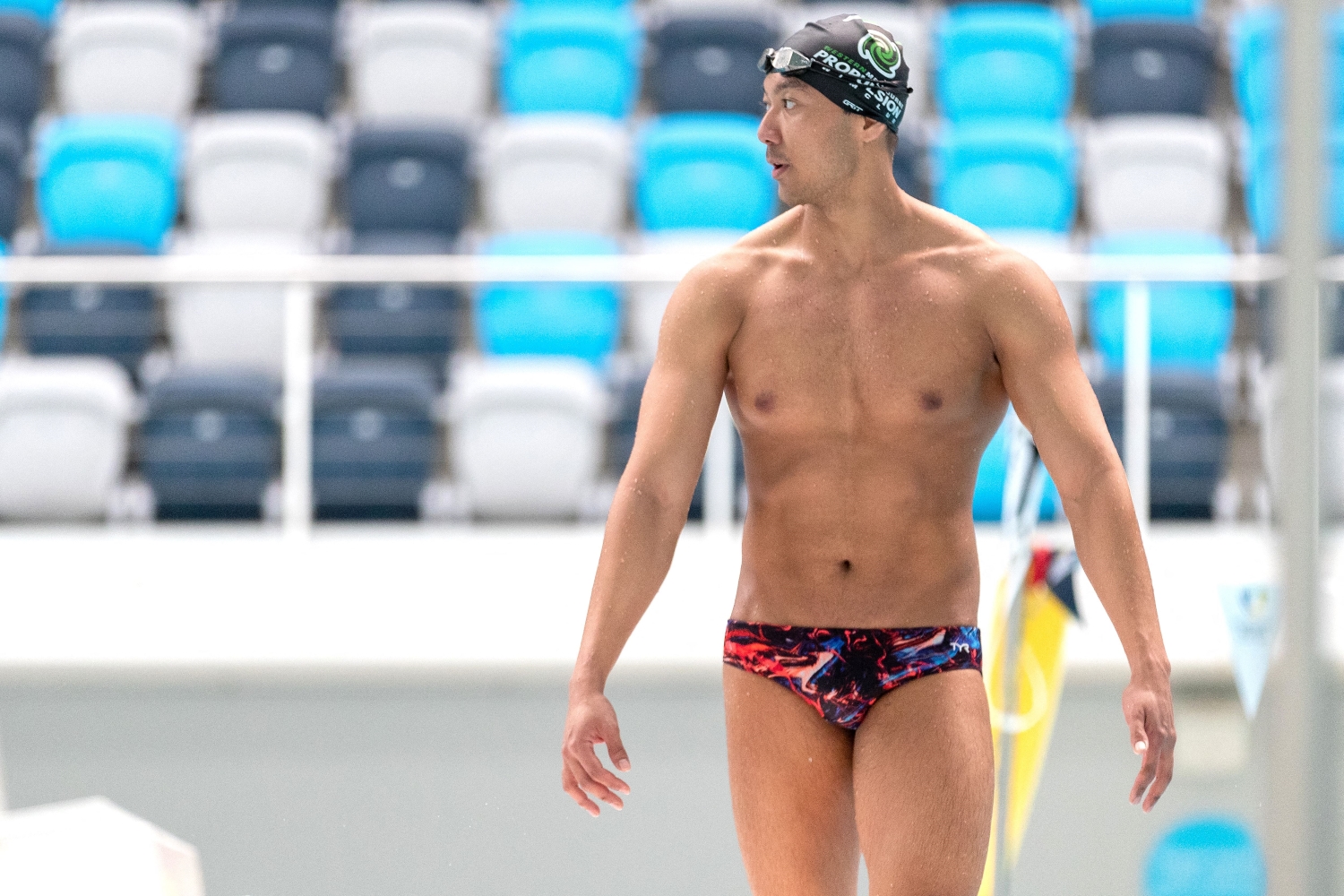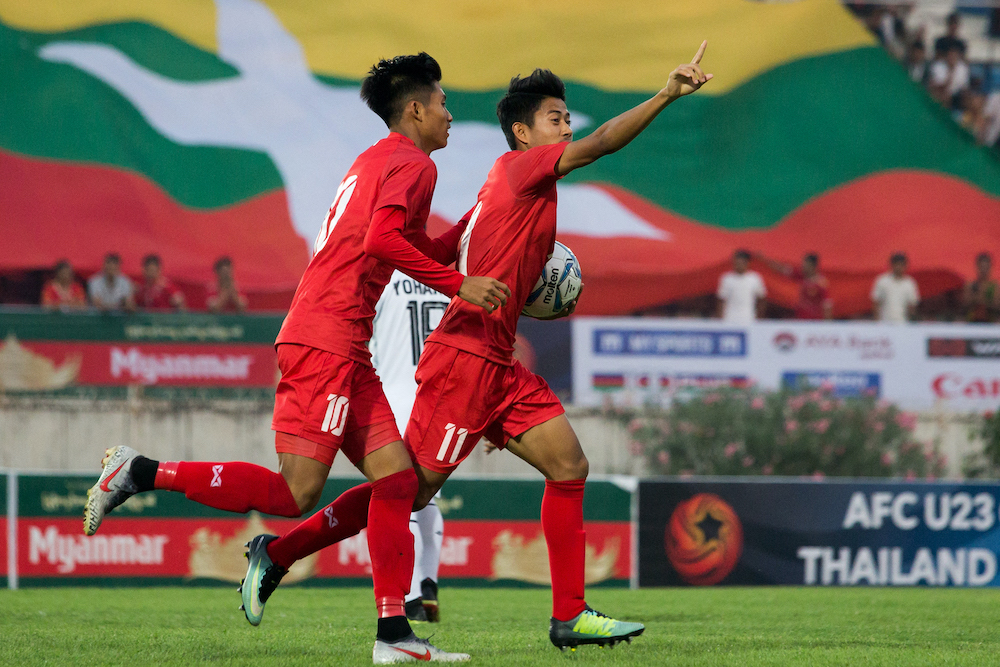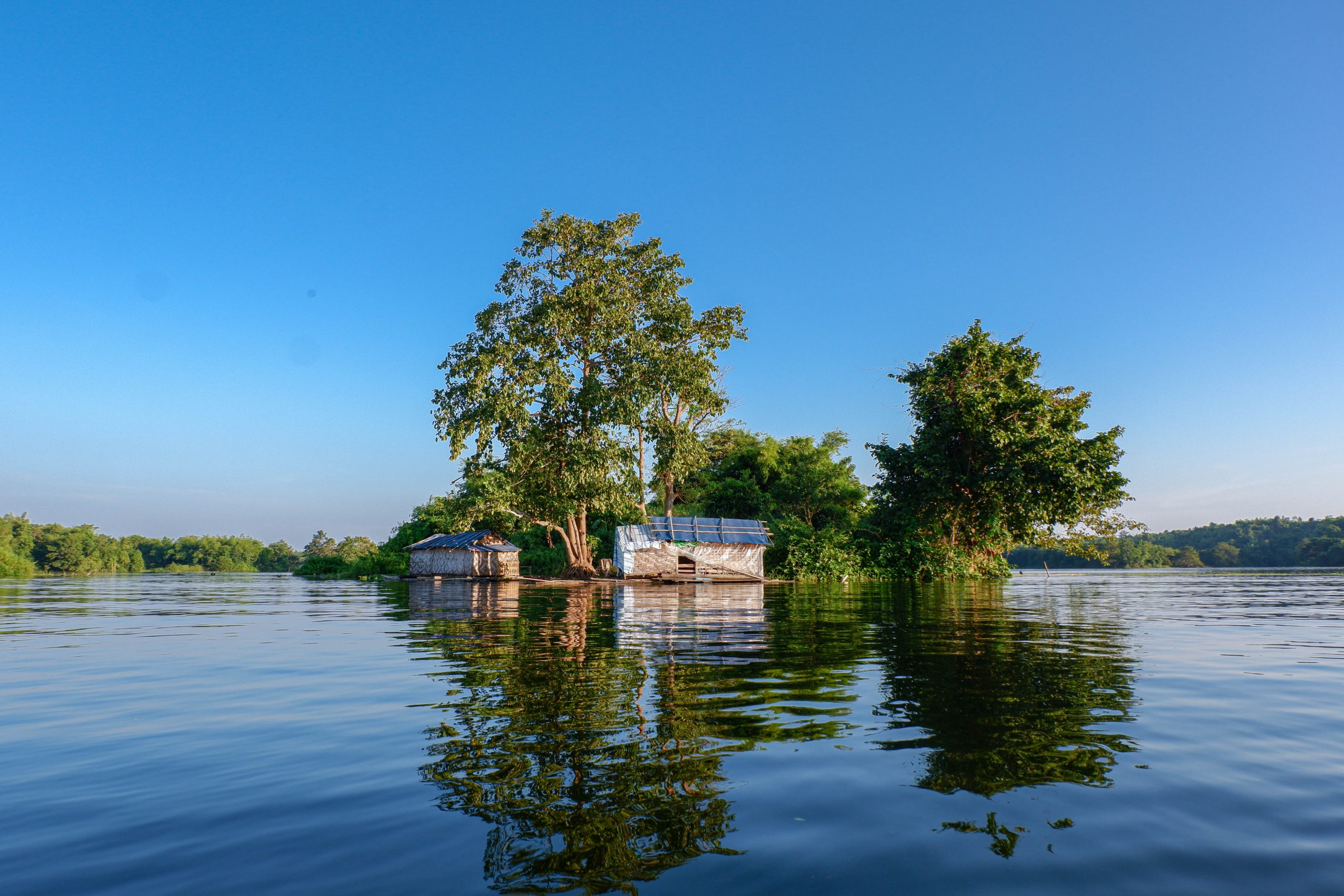Running competitively in Myanmar can be a rewarding experience for foreigners who don’t mind rising early and being beaten by kids in bare feet.
By EMILY FISHBEIN | FRONTIER
I STARTED running every day more than 10 years ago in my native United States and brought the habit with me to Myanmar. I’ve run beside Inya Lake, along the beach at Sittwe, next to the Ayeyarwady River and around the Kachin National Manau Park in Myitkyina. I enjoy running in Myanmar; it’s nothing like running in the US, where I experienced snowstorms, rainstorms and even a mugging. Two years ago, I even started running competitively.
When I began running in Myanmar, I often wondered where the other runners were. That was before I learned that runners in Myanmar rise early. By the time I hit the road at 6.30am, the average Myanmar runner has already returned home, showered and eaten breakfast. If you want to find a partner, be prepared to start at the first rooster’s crow.
It’s been a relief to discover that running in Myanmar is fairly free of harassment, other than the constant shouting of Be! Nya! Be! Nya! (Left! Right! Left! Right!). When I lived in Baltimore I always made sure to run with a partner. Despite the company, I was once robbed at gunpoint in daylight. In more than three years of running in Myanmar, I have rarely been hassled.
Races in Myanmar are not well advertised, with the exception of the annual international marathon in Yangon. The four races I have run in Myitkyina were announced in Burmese on a vinyl banner erected across a street a few days before the event. Another in Yangon’s Yankin Township was advertised on a blackboard on the side of the road. Despite low-level promotion, the races in which I have participated have consistently attracted hundreds of runners, and sometimes up to a thousand.
Support more independent journalism like this. Sign up to be a Frontier member.
The average age of participants in Myanmar is about 14 or 15, which makes winning a prize a bit awkward for me, as I’m in my 30s. However, I’ve seen other runners in their 20s and 30s and was recently joined on the podium by a man who seemed to be in his 60s.
Races start early in Myanmar, between 5am and 6am, which means rising very early. They are often held on holidays; I have risen at 4am to compete on New Year’s Day and Christmas Day.
I’m often impressed by what runners wear – or don’t wear – in Myanmar, where many races are between five and 10 miles (eight and 16 kilometres). In the US, runners can spend hundreds of dollars on top brand footwear and trendy clothing. Almost all runners in Myanmar wear plain white tennis shoes that cost a few thousand kyat. It is not uncommon for runners to go barefoot or wear only socks; I’ve even seen people run in flip-flops held on their feet with elastic bands. Last year, I saw a woman running in a htamein.
Race distances in Myanmar are not measured precisely. There are no mile markers. Some races are over estimated distances and others are categorised as a “mini-marathon” (roughly, less than 10 miles) or a “marathon”, (more than 10 miles). There was no visible time clock in the races I ran and times were calculated manually by volunteers with stopwatches and notebooks at the finish line.
I’ve seen few technical runners in these races. I often pass strolling competitors who suddenly break into a sprint, energised by spotting a friend or trying to catch up with the foreigner who just passed them. I’m usually the only foreigner. The last time I competed in a race, an organiser followed me on a motorcycle and announced to the spectators, “Coming through with an American.”
Despite the basic attire and lack of formal training or experience, I have been greatly impressed by the strong competition in races. I push myself hard, but I’ve yet to do better than third place. At this year’s Union Day run in Myitkyina over about five kilometres, I achieved a modest sixth place in the female division. The winner was wearing jeans and plain tennis shoes and the girl who came in second was shoeless and wearing a pair of old black socks. She also looked to be about 10 years old.
If you’re keen to begin running in Myanmar, don’t hesitate. It’s a fun, rewarding and unique experience.


